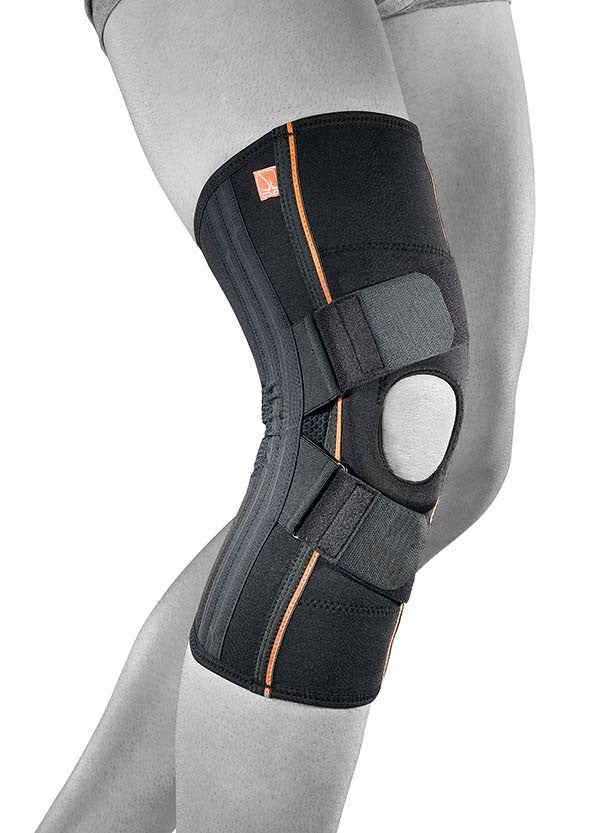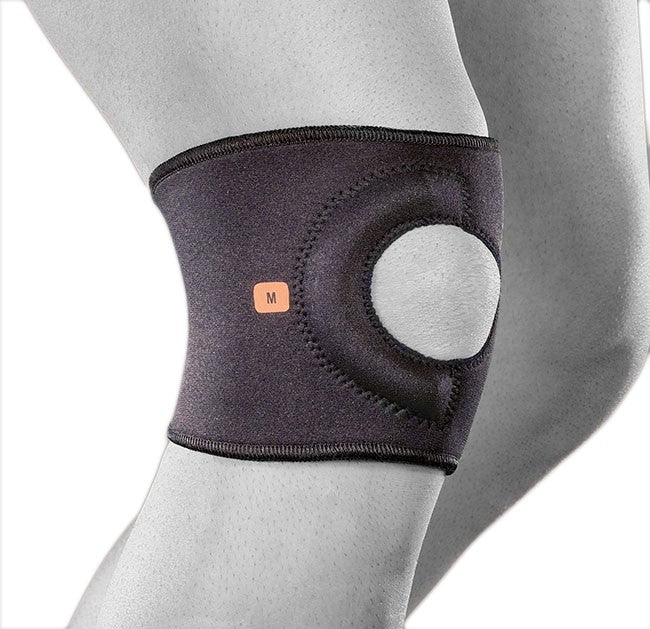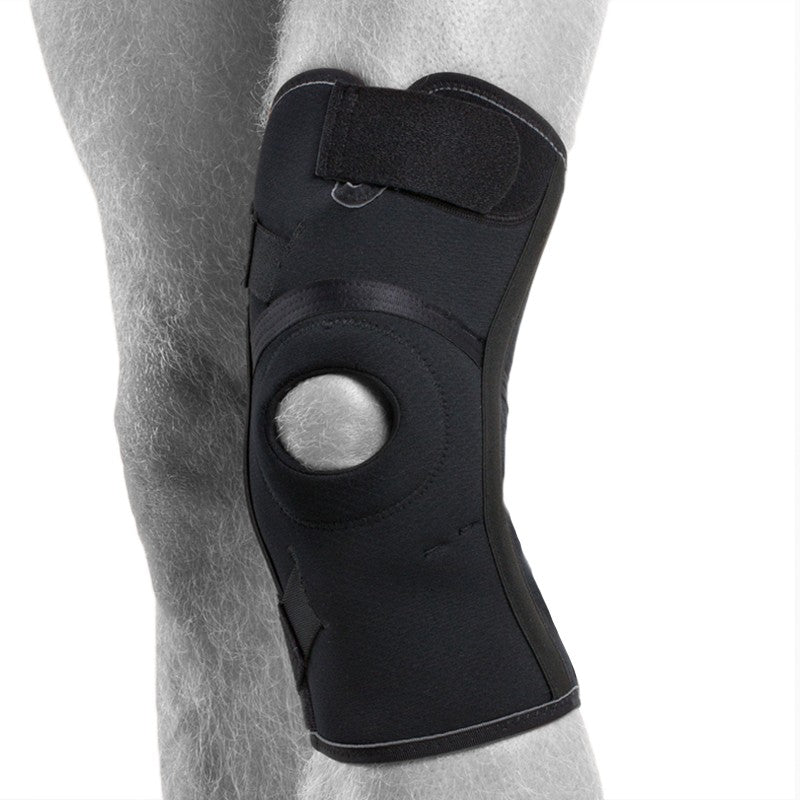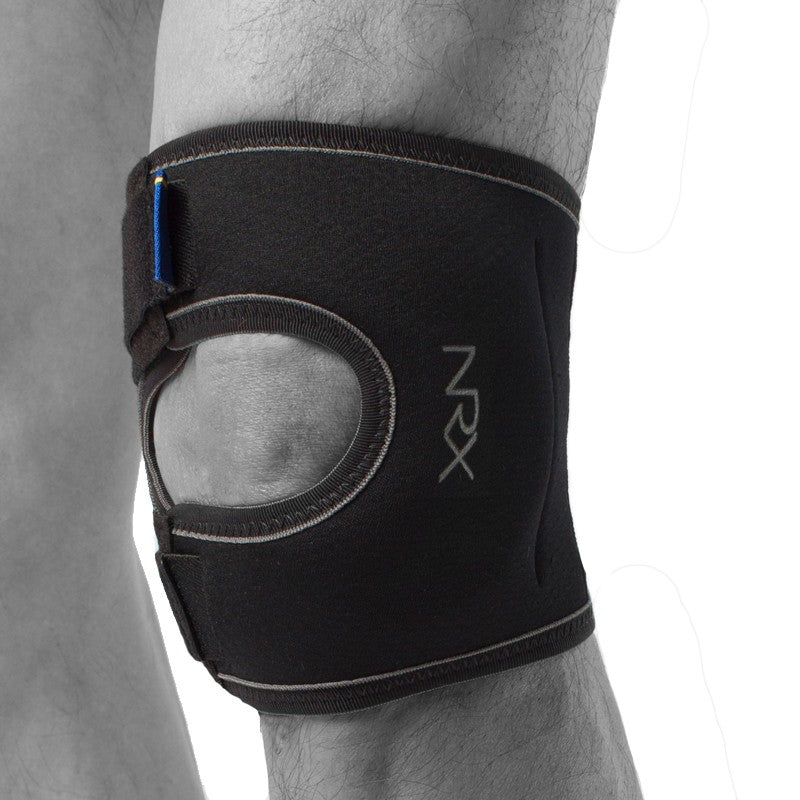A patellar luxation, or kneecap dislocation, is a common knee injury in young, active people. The injury occurs when the kneecap dislocates completely or partially, affecting the stability of the knee joint. Problems can range from temporary subluxations to extensive dislocations that require emergency care and rehabilitation.
What is a patellar luxation?
The kneecap (patella) is a sesamoid bone that normally slides in a groove in the femur and contributes to stability during movement. In patellar luxation, the kneecap is displaced, usually outwards, and out of its normal position. A partial dislocation is called subluxation, while a complete dislocation is called patellar luxation. The injury can lead to pain, swelling and damage to surrounding ligaments and soft tissues.
Common causes & risk factors
The kneecap can become dislocated due to both external force and anatomical factors. A shallow groove in the femur increases the risk of the kneecap not being held in place. Loose or stretched ligaments around the kneecap can also contribute to instability. Direct lateral force during sports is another common cause of patellar luxation.
Symptoms
-
Severe pain at the time of injury
-
Swelling and frequent bleeding in the knee joint
-
Stiffness and difficulty bending and extending the knee
-
Feeling of instability or that the kneecap is "slipping"
-
Lockups during activity may occur
When should you seek medical attention?
A total dislocation of the kneecap always requires emergency care to return the kneecap to its correct position. Recurrent subluxations should also be investigated by medical personnel to avoid long-term problems.
Recommended protection & support
Kneecap stabilizing knee pads help keep the kneecap in place and prevent new dislocations. The pads are equipped with pads that provide support and pressure over the kneecap and can be adjusted for lateral or medial support if needed. Rehabilitation together with a physiotherapist is important to strengthen the muscles around the knee joint and reduce the risk of recurrent dislocations. In cases of more severe instability, surgery may be necessary.




